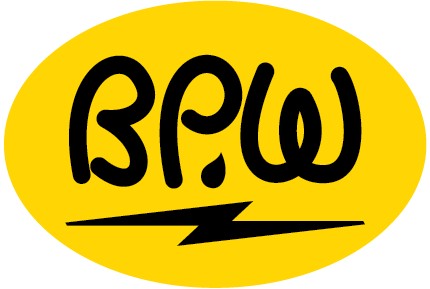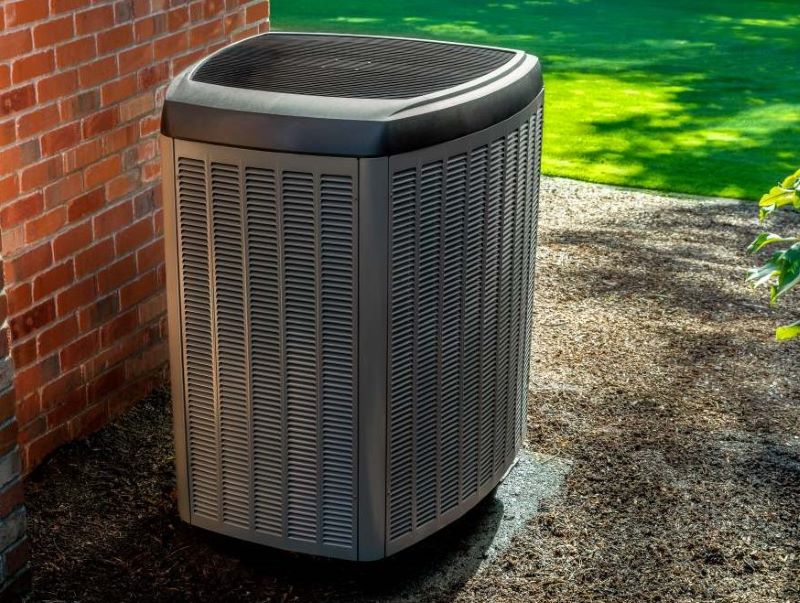How Does a Heat Pump Work?
Heat pumps transfer existing heat rather than generating it through burning fossil fuels like a furnace. They move heat energy by utilizing the same technology found in air conditioners and refrigerators. In the winter, heat pumps absorb heat from the outdoor air to warm our homes, while in the summer, they remove heat from the inside to the outdoors. The refrigerant and compressor make heat pumps effective even in very cold outdoor temperatures. Because it takes very little energy to heat the refrigerant, it efficiently extracts heat energy from even freezing outdoor air as it passes through outdoor coils.
Once superheated, the refrigerant enters the compressor, where its temperature increases further through pressurization like a bike pump heating up when pressure rises. The refrigerant releases that heat in the indoor coils, providing warmth inside the home. Heat pumps that transfer heat from the air to a home are called air source heat pumps (ashp). (HowStuffWorks)

Why Choose a Heat Pump?
Heat pumps can both heat and cool in one system. They are more efficient than traditional heating and cooling systems. Using a heat pump will decrease fossil fuel use and carbon emissions, which supports the goals of the City of Holland’s Community Energy Plan. Heat pumps also naturally dehumidify the air when used for summer cooling, which can help decrease your costs even further if you typically run a dehumidifier during those months.
ENERGY STAR heat pump models reduce greenhouse gas emissions by 4,500 pounds over their lifetime (ENERGY STAR), and heat pumps generally use 10-20% less electricity than a central air conditioner.
What Type of Heat Pump is Right for Me?
Ductless Heat Pumps
Also known as mini splits, these are a good option if you don’t have existing ductwork. As their name implies, these systems don’t use ducts. Mini splits are small wall-mounted units. A conduit connects them to the outdoor coils. Each unit has a thermostat control creating a multizone heating and cooling system for your home.
Ducted Heat Pumps
A ducted heat pump can replace the furnace and use the existing ductwork.
Heat Pump Efficiency Tips
- Clean or change your filter regularly
- Clean outdoor coils and return registers regularly
- Seal ductwork in unconditioned spaces
- Get a professional tune-up
- Don’t setback the thermostat if it causes back-up heat to turn on
- Don’t use the “Emergency Heat” setting unless your heat pump is not working
- Consider having your home air sealed and insulation updated to get the best efficiency from your heat pump
Heat Pump Tips
- If you plan on using your heat pump for heating during the winter months, look for a cold climate ENERGY STAR®-rated model. These heat pumps can heat the home during winter temperatures down to 0º to -13º F (Minnesota CEE).
- Use the ENERGY STAR calculator to see if a heat pump is right for you.
- Additionally, it is necessary to size heat pumps correctly for efficient operation.
- Look for higher SEER2 (Seasonal Energy Efficiency Ratio), HSPF2 (Heating Seasonal Performance Factor), and COP (Coefficient of Performance) numbers as higher numbers indicate better energy efficiency and potential cost savings on utility bills over time.
- SEER2 is the measure of the cooling output per electricity consumed over a cooling season
- HSPF2 is the measure of the heating output per electricity consumed over a heating season
- COP is the ratio of heating output to electricity, but unlike HSPF2, it is calculated at different temperatures. Look for heat pumps with COPs over 1.75 at 5º F. (NEEP)
- Consider air sealing and insulation before installing a heat pump. Heat pumps that are installed in homes that have been air sealed and proper insulation levels will be the most efficient.


